No. 3: China Lockdowns Dent Luxury Spending, Brands Look Beyond Pandemic

The Chinese fashion and luxury market has had a rough year.
Waves of strict lockdowns throughout 2022, especially the two-month-long one in Shanghai, wreaked havoc on fashion spending.
More from WWD
In the six months that ended June 30, LVMH Moët Hennessy Louis Vuitton said it saw significant gains in Europe and the U.S. but experienced “severe double-digit declines” in China.
Kering Group, whose sales rose 23 percent year-over-year in the first half, concluded that the Chinese market was “improving but still unstable” after a strong global retail performance that offset losses in the second quarter in China.
Compagnie Financière Richemont’s jewelry division grew more than expected in the first half to Sept. 30 but also witnessed double-digit sales declines in China.
Swiss watch exports to China, the sector’s second-largest market, slumped 18.1 percent in the first 10 months of 2022. Hong Kong recorded a 5.5 percent decline in the period.
Chanel saw double-digit negative growth in April in mainland China, where five of its 16 boutiques there were closed, while 35 fragrance and beauty stores — roughly equivalent to a third of its network — were also shuttered.
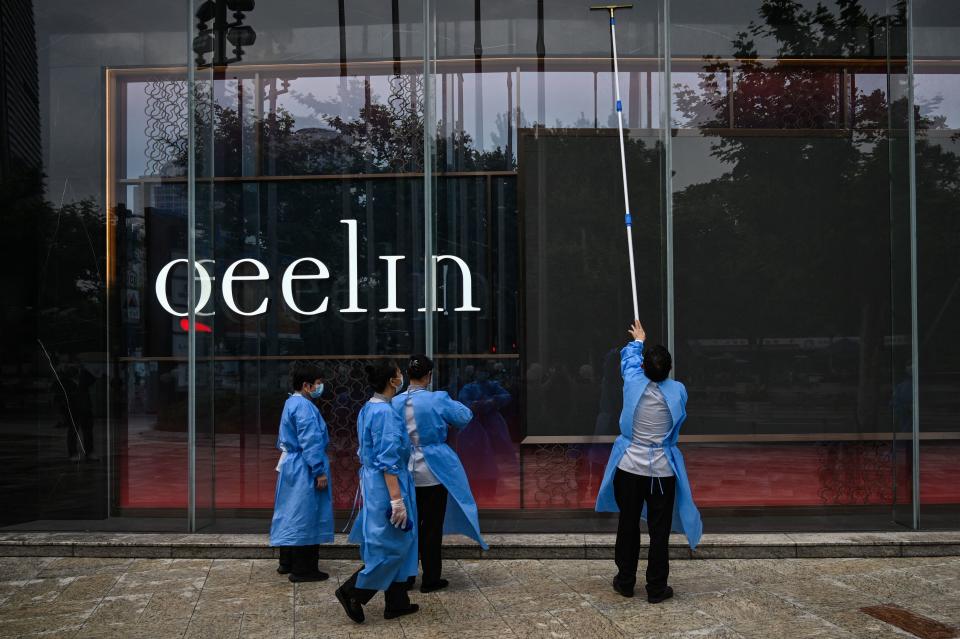
The Chinese government didn’t scale back the lockdown measures until thousands of people began to protest in late November.
By December, China had abandoned most of its rules on mass COVID-19 testings, the track and trace system, and quarantines. Some observers believe the nation could be fully open to the world by the spring as the government increases steps to relax the lockdowns.
This mentality echoes a prediction from the “Luxury Goods Worldwide Market Study” by Bain & Co. and Altagamma. It said that while China is still performing below 2021 figures, it is expected to recover between the first and second half of 2023.
The report projects that Chinese spenders are expected to account for between 40 and 45 percent of the total consumers of personal luxury goods by 2025. But while they will eventually return to travel to international destinations, between 25 and 27 percent of luxury shopping will still be made in mainland China.
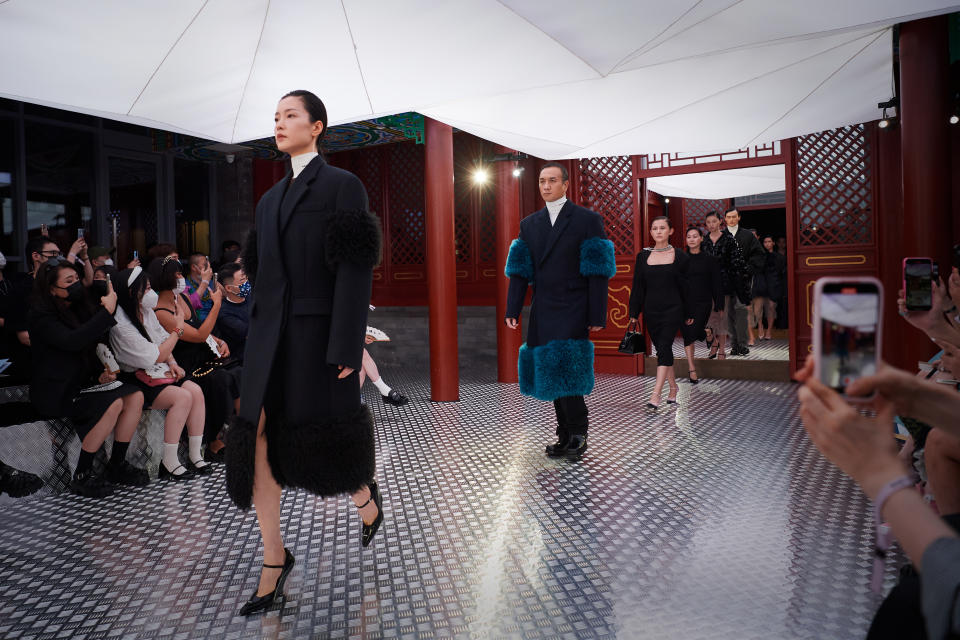
Even amid the lockdowns, those brands that were well prepared for the situation came out stronger, while some went the extra mile to consolidate their presence in the market.
Prada and Louis Vuitton both managed to stage repeat runway shows amid tense COVID-19 regulations and both yielded considerable results in terms of media traction and online engagements.
In August, Prada staged the brand’s men’s and women’s fall 2022 collection show at Prince Jun’s Mansion, a courtyard hotel in downtown Beijing in the traditional Chinese style, which was formerly the residence of Prince Jun in the Qing dynasty.
Echoing the original Milan shows that featured celebrities such as Hunter Schafer and Kyle MacLachlan, the Beijing production had some of the most high-profile Chinese film stars, such as Liao Fan, winner of the Silver Bear for Best Actor at the 64th Berlin International Film Festival, and Kara Wai Ying Hong, three-time recipient of the Hong Kong Film Award for Best Actress.
The restaged show featured 51 looks with slightly altered styling and a few added pieces. The event was broadcast on social media platforms Weibo, Douyin, and Tencent Video, garnering more than 92.7 million views.
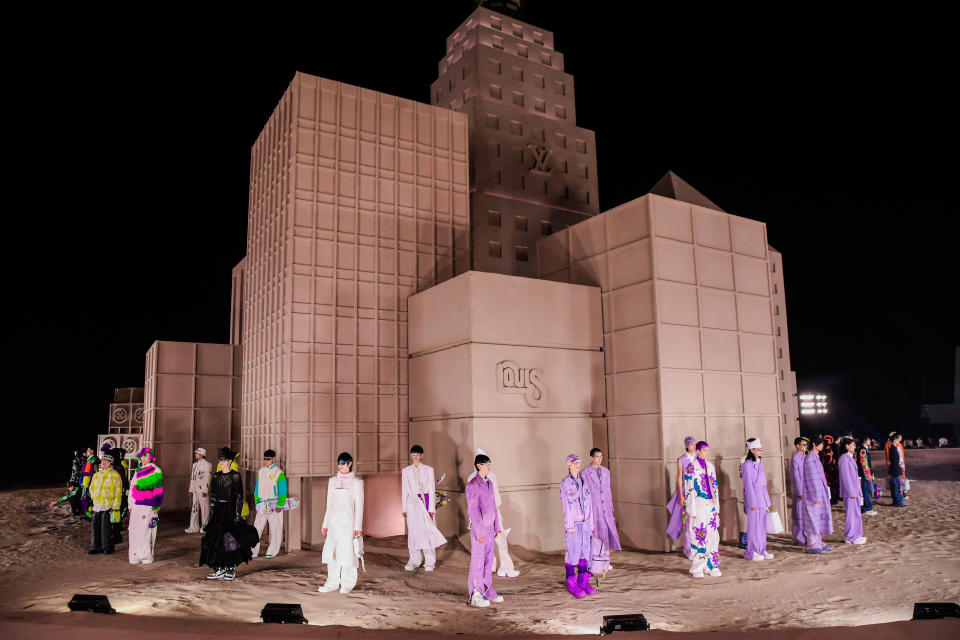
The Louis Vuitton spring 2023 men’s repeat show at Aranya Gold Coast, a resort town in Beidaihe that’s a two-hour train ride from Beijing, neighboring the beachside sanatorium frequented by China‘s party elites, also helped the brand set a new record.
The spectacle, streamed on eight platforms including Weibo, Douyin, Kuaishou and for the first time on Dewu, China’s own StockX, attracted more than 278 million viewers online.
Building on the “magnified playground” concept introduced during the brand’s Paris men’s show last June, Vuitton swapped a magnified toy racetrack with a blown-up sandscape that took more than two weeks to construct.
But these weren’t the only two brands performing well. High-end players like Hermès and Brunello Cucinelli also had a good year in China.
In the summer, Hermès drew a crowd to its new boutique in Wuhan, the provincial capital of Hubei in China. According to posts on Xiaohongshu, a long line formed outside the store as the city’s high-net-worth individuals looked to purchase big-ticket, in-demand bags. A user revealed that the brand raked in around 30 million renminbi, or $4.5 million, on opening day, citing local sources.
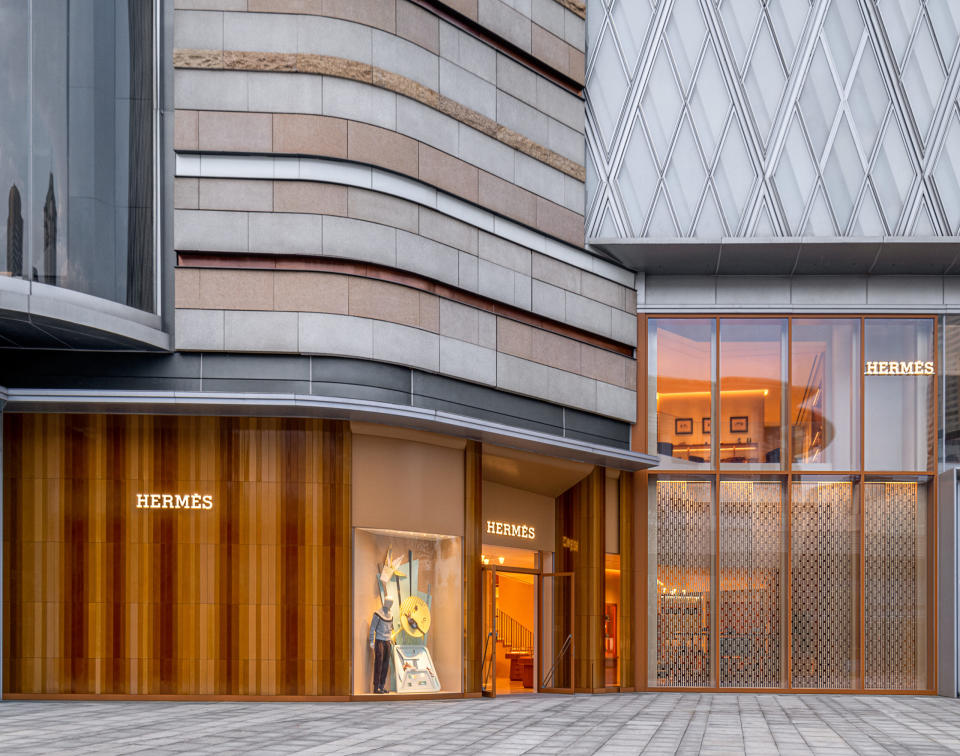
The store opening continued a streak seen by Hermès throughout the year. The group reported that in the third quarter, Asia outside of Japan had a particularly strong showing, up 33.7 percent, as retail maintained steady demand in Greater China despite temporary lockdowns in Macau, Chengdu and Dalian over the summer.
Analysts for Barclays said the figures were “very encouraging,” noting that the sales in China were mostly organic — meaning not related to the brand’s price increases — and showed continued momentum in the region.
Meanwhile, Cucinelli ‘s co-chief executive officer Luca Lisandroni said 2022 was “a good year” in China, where the company has consolidated its positioning, with a presence mainly in bigger cities and a limited digital presence. China represents around 13 percent of total sales and half of the brand’s Asian business.
“Ready-to-wear has garnered more relevance and customers are much more sophisticated,” Lisandroni said. “They are looking for items that are more international in taste and of great quality. There has been a strong evolution, and we believe China remains the main growth engine for the luxury industry.”
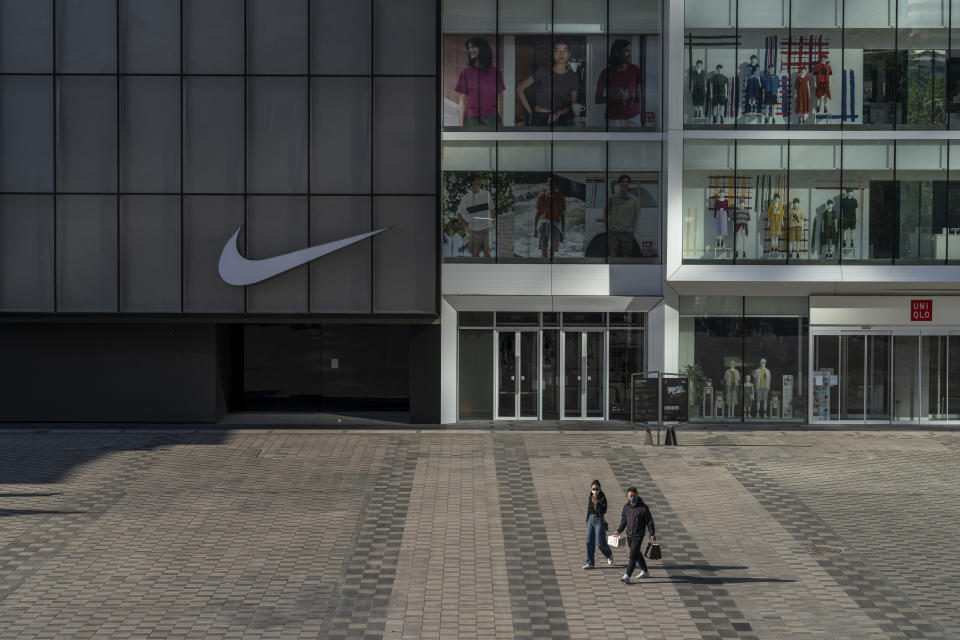
While superbrands are gaining ground, players in the affordable luxury and contemporary space are struggling to keep up.
Some of them had to shut their China operations altogether as they were unable to cope with the losses, such as American Eagle Outfitters, Trussardi, and Inditex’s Bershka, Pull&Bear, and Stradivarius.
In the second quarter of 2022, Capri Holdings Ltd., the parent company of Versace, Jimmy Choo, and Michael Kors, saw high-teen declines on a net basis and a low double-digit drop in constant currency in mainland China.
John Idol, chairman and CEO of Capri, said he was “very pessimistic” about the situation. “We’ve been one of the companies all along saying it’s going to take longer and we don’t think there will be a recovery in China until 2024,” he added.
At Tapestry Inc., the parent company of Coach, Kate Spade and Stuart Weitzman, China sales were down 11 percent in the most recent quarter. The company expected that for fiscal-year 2023, there will be “more modest revenue” in North America and Greater China, which should be offset by “outperformance” in the rest of Asia and Europe.
Farfetch and Adidas were also very exposed to China’s bearish market.
At Farfetch, China was down by double digits. The shuttering of its operations in Russia following President Vladimir Putin’s invasion of Ukraine also meant that the company lost 7 percent of its Marketplace business. Russia and China were two of the platform’s three largest Marketplace markets last year.
Adidas has been facing great discontent in China since getting caught up in the Xinjiang cotton controversy, which saw all of its local brand ambassadors severing ties with the brand. Sales in China have been nosediving all year.
During the first quarter, revenues out of China dropped 35 percent and that double-digit decrease has continued throughout the second and third quarters. Analysts suggested that Adidas’ business in China might never return to its previous heights.
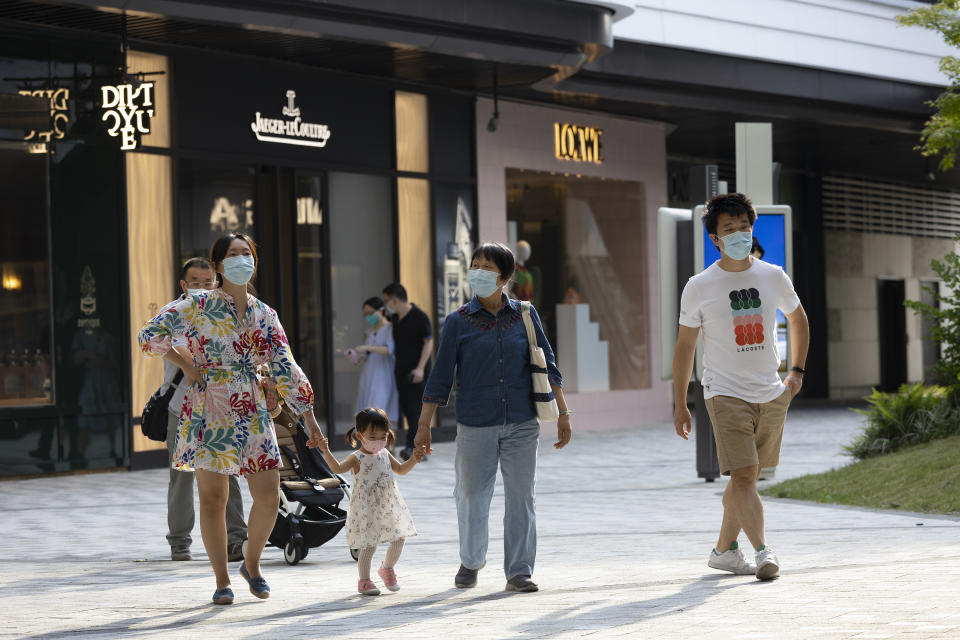
While Bain warned in its annual China Luxury Report that the growth of China’s domestic sales of personal luxury goods would further slow in 2022, a slew of brands took a chance in China this year.
The Sequoia Capital China-backed brands, which include the South Korean fashion brand We11done, Alexandre Mattiussi’s Ami Paris, and Holzweiler from Norway, in particular, were very active in the market.
Samuel Ross’ fashion venture A-Cold-Wall unveiled its first stand-alone store worldwide in Sanlitun Beijing in July. The other Tomorrow-backed retail project, Machine-A Shanghai, the London multibrand concept’s first international outpost, was launched at the beginning of September.
Alaïa opened its first China store at the basement level of upscale shopping mall Plaza 66, while Zimmermann, Ambush and Rick Owens opened their first China stores at the emerging luxury shopping destination Taikoo Li Qiantan in Shanghai earlier this year.
Renzo Rosso’s OTB also doubled down on China. It opened flagships for its brands Maison Margiela, Jil Sander, Marni and Amiri in Shanghai’s JC Plaza in July. The location is the first China store for both Jil Sander and Amiri, and the largest store worldwide for Maison Margiela.
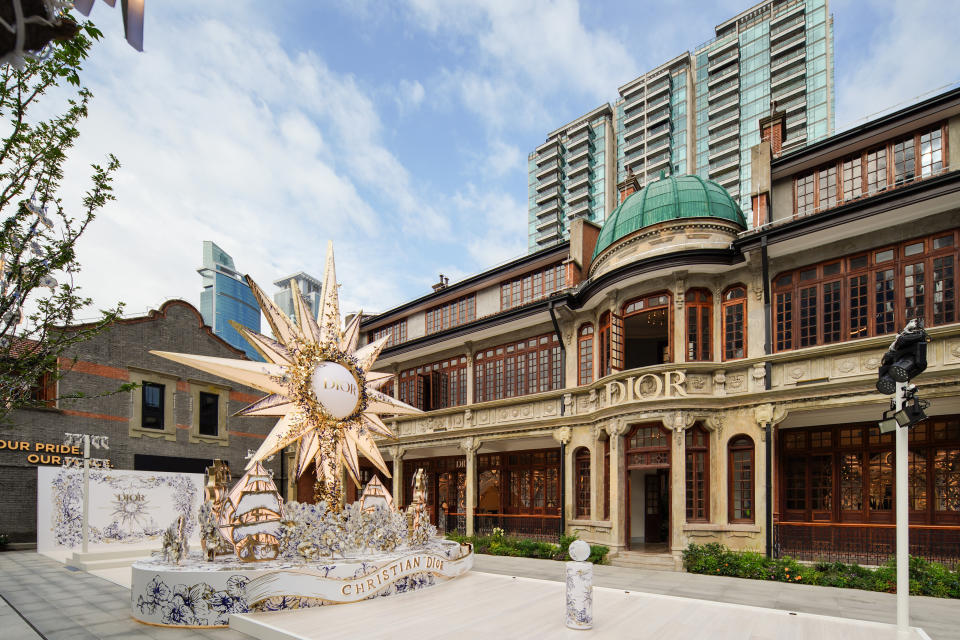
Brands have also been planning for 2023 in hopes of a major rebound. In Shanghai, the reopening of Zhangyuan, a historical shikumen building compound turned Covent Garden-like retail complex, already attracted tenants like Moët et Chandon, Vacheron Constantin, Bulgari, By Far and Blue Bottle Coffee.
Dior launched a Christmas-themed pop-up at Zhangyuan, while Louis Vuitton occupies a courtyard complex dedicated to the Objets Nomades furniture collection. The expansive space, a first in the world, is available for Vuitton’s VIP clients.
In the southwestern retail hub of Chengdu, Louis Vuitton opened its third maison at Chengdu’s Sino-Ocean Taikoo Li earlier this year with a restaurant called The Hall, offering seasonal menus featuring pan-European flavors.
The opening of SKP Chengdu on Tuesday was set to attract more attention to the city. Described by Chinese netizens as a “palace-like underground world,” the sunken-plaza styled luxury retail destination has already attracted the likes of Louis Vuitton, Dior and Prada to open their third or fourth stores in the city.
